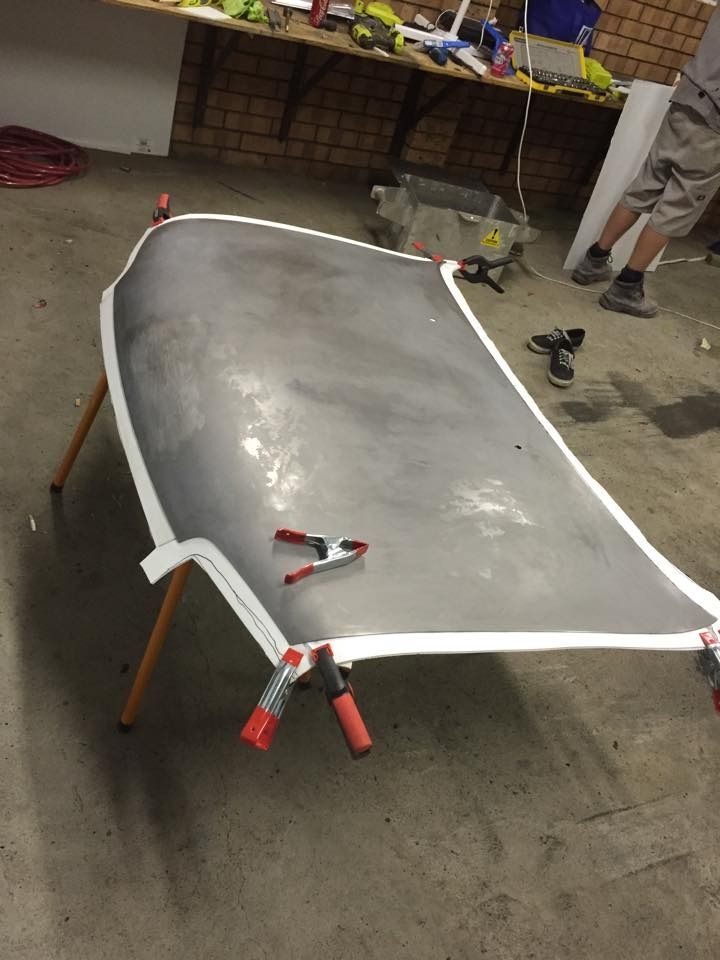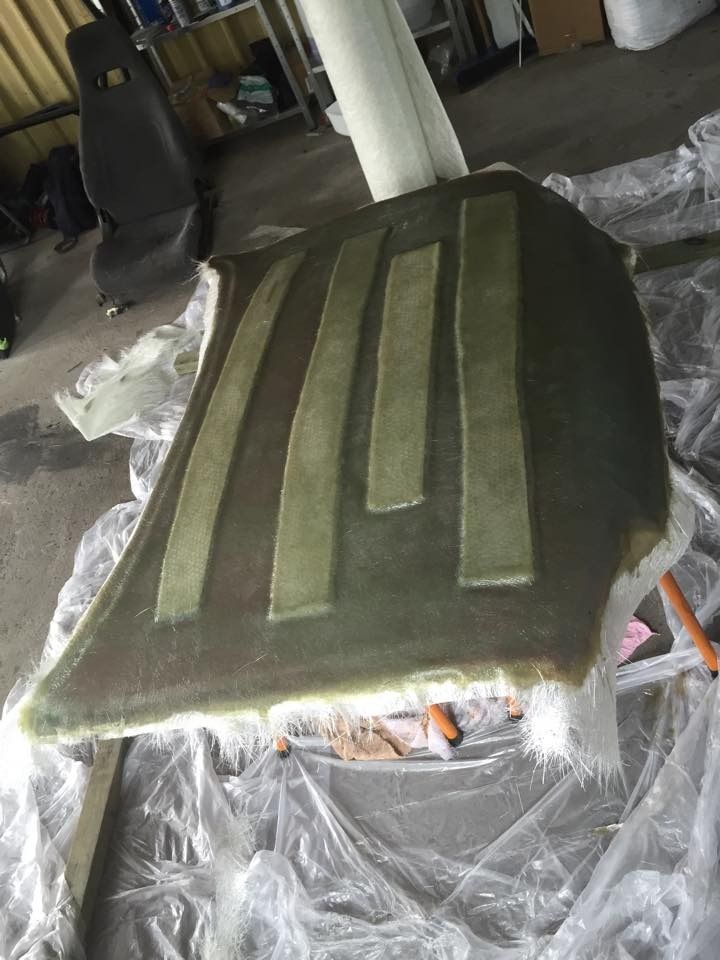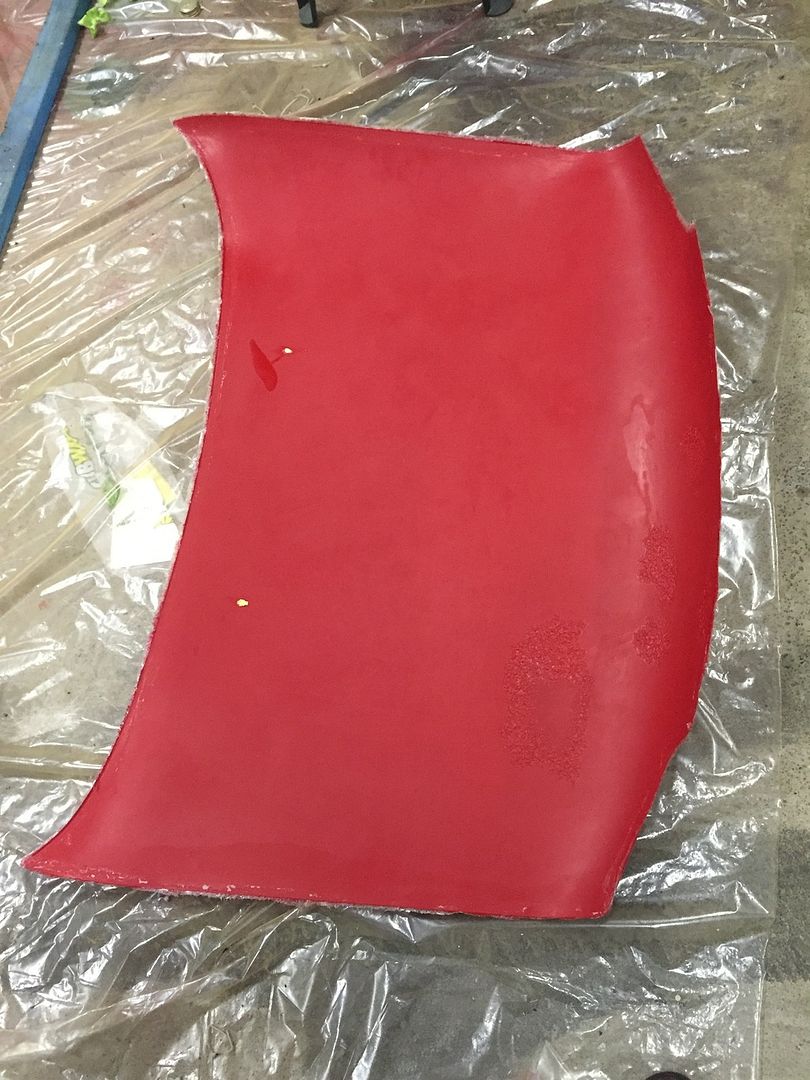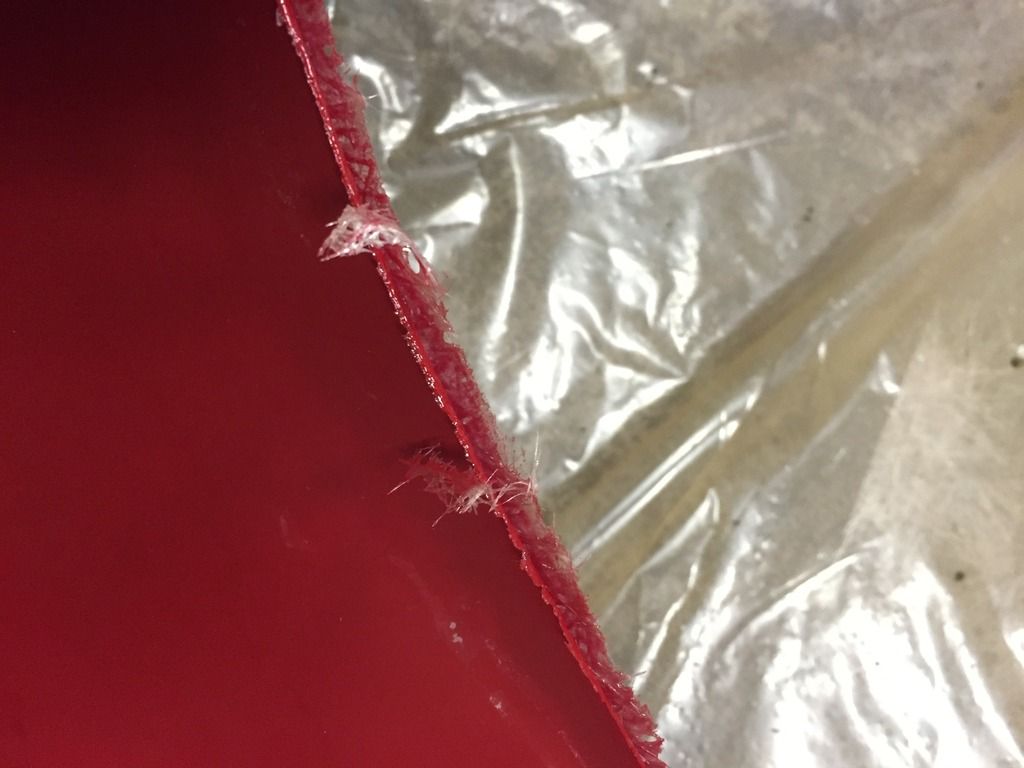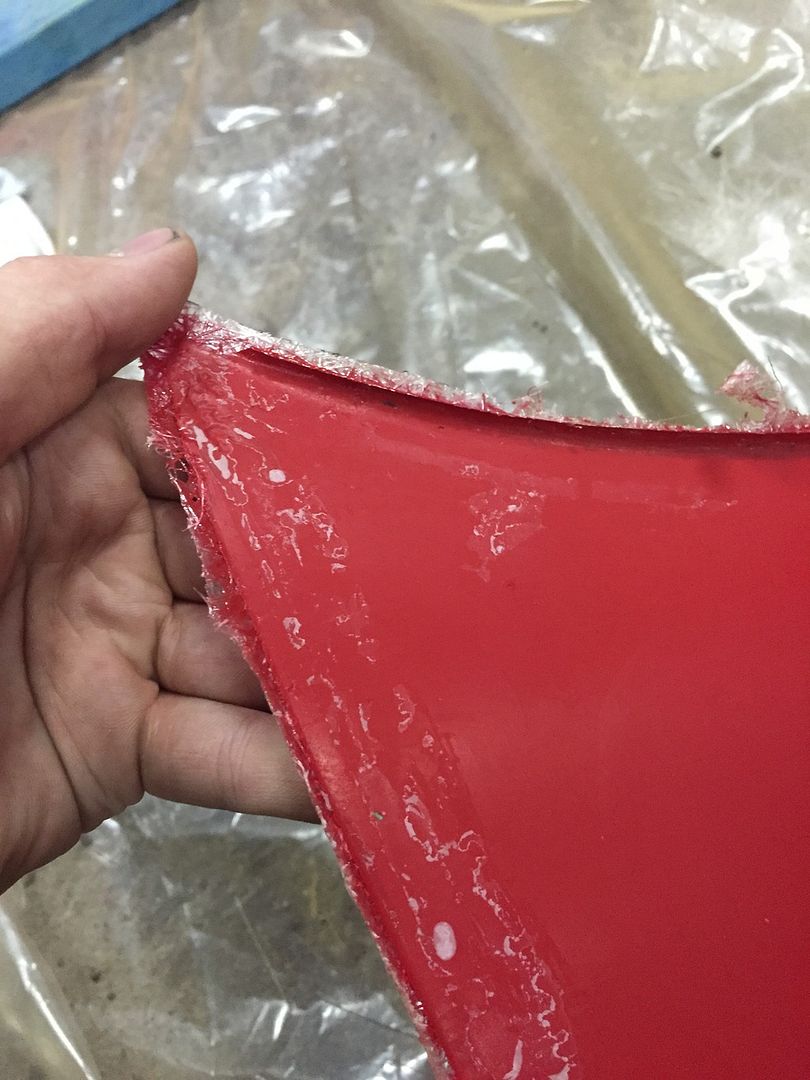Hi Guys
First time posting. My name is Mitchell, I come from New South Wales Australia. I’ve always been interested in composites, but never though to even attempt it. Until I got a job for a fibreglass resin manufacturer! Having access to the materials for decent prices, I’ve been able to play around with projects and learn from trial and error.
I’m trying to make a fibreglass mould of a bonnet. I can’t tell you how many times I’ve watched Easy Composites video on their carbon bonnet. My issue is the flange. Do I need it? Can I do it without a flange and still have it line up correctly with the underside of the bonnet?
There’s not much available local as far as learning composites goes. I have (what I consider to be) a very good understanding of resin. As I need to, so I can do my job. It’s the experience and technique that I fail on. Hoping I can get some solid advice from you gents (and gals?).
Here and there I’ve been able to ask questions to fibreglassers, but they’re self taught mostly or have never made car parts just boats. A guy who has made some tutorials on youtube has told me I don’t need a flange, and that it’s a waste of time. Thoughts? I won’t be using vacuum infusion any time soon, as I want to master hand lay up before I jump into that. So taking that into consideration, is flange-less ok if I’m just hand laying?
I’ve also been following a South Australian company on Facebook. They mostly make cowls, but do doors and bonnets and sometimes full front ends for drag cars. Looking at their moulds, it’s very rare to see a flange on any of their moulds except split moulds.
This was a failed attempt. I know what I did wrong, all gelcoat related. Will be using a dumpgun next time, because I find that easier to use than brushing it on. I changed my idea so many times on the flange, that in the end I was only just going to use it as a guide line (after being told the flange is pointless for me) to cut off. I was going to pull it off before I even started tbh, but impulsively left it on. I just had so much trouble getting a good consistent gelcoat with a brush, that I allowed it to pool too long in the recesses of the flange.
Can anyone confirm that I don’t need a flange, maybe even link me to a build of something in the same manner? Or any further advice would be great. As long as it’s constructive, bring it on 
I’ve got some awesome goodies that I want to use the same technique on (rare flares to remake into carbon, etc) and will be posting a full thread on my progress when I’ve got the technique and skill down. There’s too little information on fibreglassing for an industry as old as ours!
Cheers in advance guys 
-Mitchell

